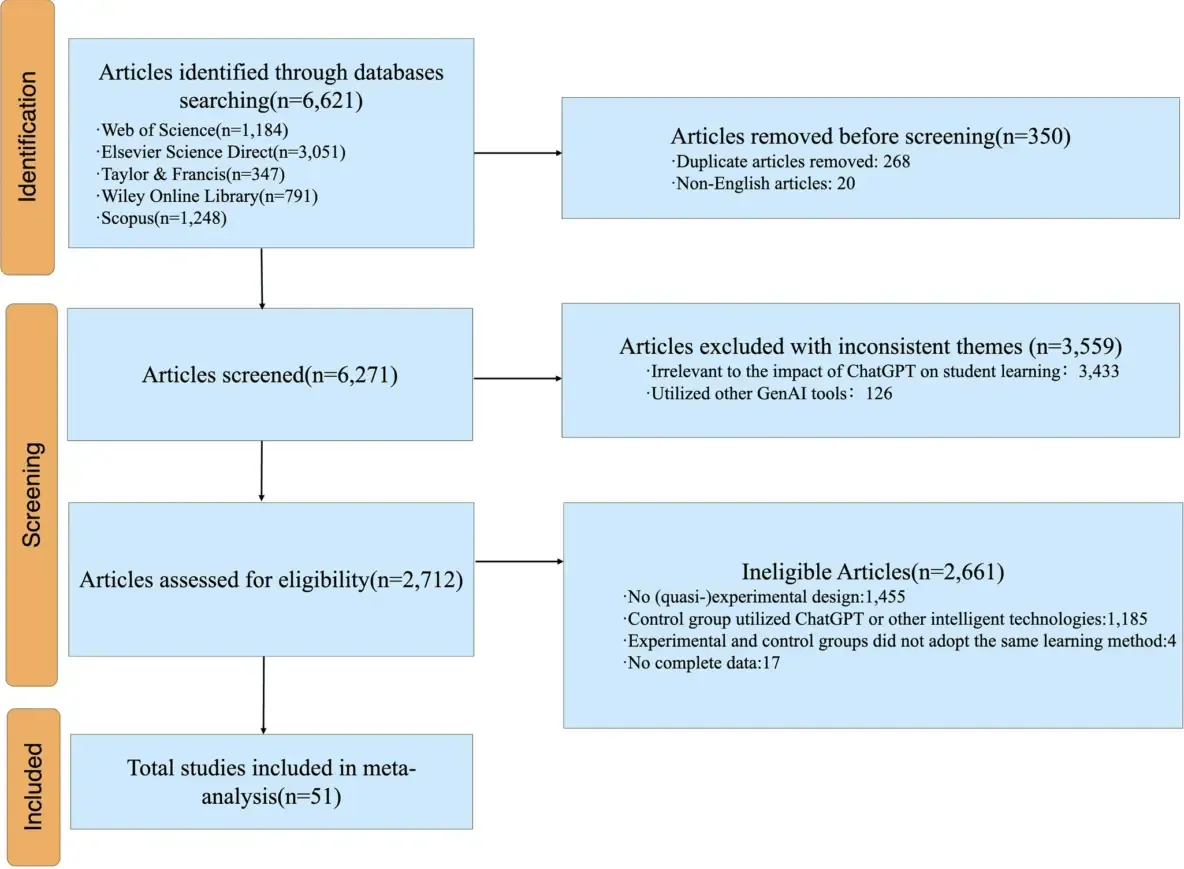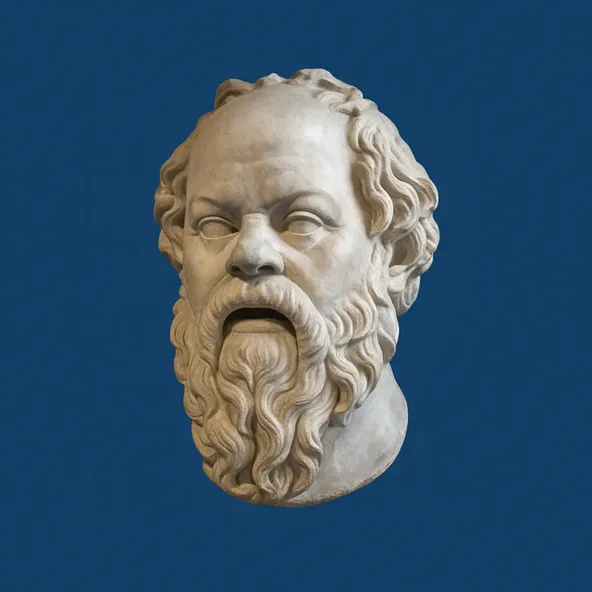A Study of the Impact of ChatGPT on the Learning Process
Scientists from Hangzhou Normal University studied how the implementation of generative neural networks, such as ChatGPT, affects the educational process, the development of critical thinking, and students' professional skills.
The meta-analysis on the impact of ChatGPT on learning used data from 51 empirical studies, ensuring high representativeness and reliability of the conclusions.
Positive Effects of Using ChatGPT
Development of critical thinking
When used consciously and purposefully, ChatGPT can become a tool for developing critical thinking. For example, if students use AI to search for information, check facts, and analyze different points of view, this contributes to a deeper understanding of the educational material and the formation of analytical skills.
Increased adaptability and creativity
The integration of neural networks into the educational process helps students to be more flexible, quickly master new technologies, and also develop a creative approach to solving educational tasks. Individualization of learning: Modern language models, similar to ChatGPT, allow for the personalization of the educational process, providing students with individual feedback and recommendations, which is especially important for improving the quality of training for future teachers.
Potential Risks and Challenges
Intellectual passivity
If students use ChatGPT exclusively to get ready-made answers, this can lead to a decrease in independence, degradation of analytical skills, and loss of interest in learning.
Decreased academic performance and procrastination
Studies show that students who frequently rely on ChatGPT for academic assignments may experience memory impairment, a tendency to procrastinate, and lower academic performance.
Need for pedagogical support
Effective integration of AI into the educational process requires active participation from the teacher. It is important to organize reflection sessions where students discuss their experience using ChatGPT, share difficulties, and analyze the results obtained.
Conclusions?
- Use ChatGPT as an auxiliary tool, not as a substitute for independent work.
- Implement tasks that require analysis, comparison, and critical evaluation of information obtained from AI.
- Conduct regular discussions and reflections on the results of working with ChatGPT to maintain student motivation and awareness.
The study emphasizes that the success of implementing ChatGPT in the educational process depends on the balance between using technology and developing students' independent thinking.
With proper organization of the learning environment, artificial intelligence can become a powerful tool for improving the quality of education, but it requires pedagogical control and a conscious approach from students.

Research Methodology
The sample was formed based on students actively using ChatGPT or similar systems in the educational process, as well as control groups studying according to traditional methods. Students of different age groups and educational programs participated in the studies, which allowed for assessing the impact of AI on various aspects of learning.
The largest studies and pilot projects on the implementation of AI in the educational process in China were conducted in 2023–2025.
The methodology involved integrating AI as an auxiliary tool, while key cognitive and creative operations should remain with the student.
The methodology is based on comparing three types of reading - with the help of ChatGPT, traditional (paper), and digital (electronic) - in terms of the formation of cognitive and metacognitive skills, motivation to learn, critical thinking, and creative approach.
The study relies on Bloom's levels of cognitive processes (knowledge, comprehension, application, analysis, synthesis, evaluation) and analyzes which of them are activated or, conversely, displaced when working with AI.
Students were allowed to use ChatGPT only at certain stages of work (for example, when searching for information or generating ideas), but the final conclusions, analysis, and synthesis had to be done independently. In the process, emphasis was placed on developing a critical attitude towards AI responses, independent reflection, and analysis of the reliability and completeness of information. The teacher, together with the students, plans the stages of working with the text or project, supports discussion, and develops reading and research skills.
The goal is not to allow intellectual passivity, but on the contrary - to form in students the ability to critically comprehend, analyze, and creatively use information obtained with the help of ChatGPT.


